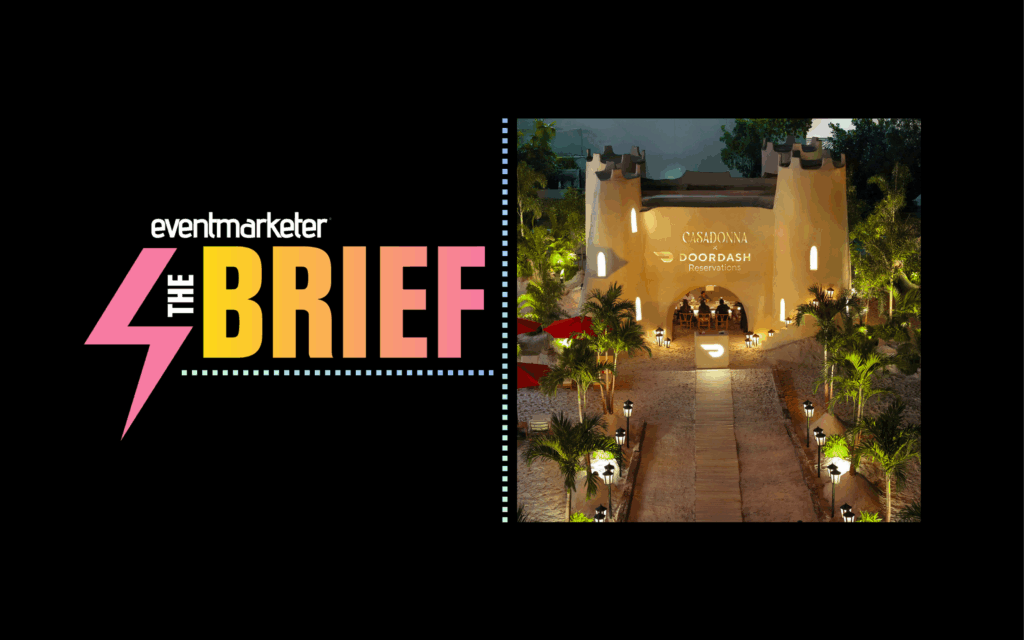It’s no secret that the lifestyle trend in retail has been successful.
The Lifestyle Center as a retail format has transformed the American shopping experience. It was only a matter of time until the larger supermarket, drugstore and super center retailers followed suit — bringing the experience in-store as a strategy to snare selective shoppers in a highly competitive marketplace.
Changes have been fast and dramatic. Stores are expanding grocery selections to include premium items in wine, dry grocery, meat and gourmet cheese. Ethnic, organic and natural product offerings are abundant. Made-to-order and prepared food sections are given larger footprints. Sushi bars, Wi-Fi enabled cafes and banks are on premises to promote the store and lifestyle experience.
Spirits marketers have perhaps seen the most dramatic changes to the retail landscape as both retailers and bars are using upscaling as a marketing strategy.
Supermarket and super center retailers will typically have more than 1,000 different selections of wine and beer at all price levels — including organic, specialty import and super premium. Luxury spirit brands are well represented, as are the most current trends related to serving and mixing.
And just as produce and meat departments have altered operations and fixtures to create a more upscale experience, liquor departments in major chains are being built and refitted with a chic look. Bare metal shelves are replaced with wood displays modeled after fine Sonoma vineyards. Fluorescent overhead lighting is softened, incorporating halogen spots and natural light. Tasteful, consistent, un-branded signage and displays are now the norm.
As stores move to leverage the shopping environment as part of the overall experience, they are also retaining control on even the most minor aspects of the store design. As a result, many of the traditional tried-and-true P-O-P strategies and executions no longer apply. In fact, there are more restrictions than ever on what spirits marketers can do to market their brands in store.
Here’s a list of things spirits marketers should consider to help their marketing dollars work harder at point of sale.
Extend the brand experience. Securing product placement beyond the typical shelf set may be challenging, but it is a sure bet to better performance. Spirits in particular have great extension as recipe ingredients in things like baking, sauces and specialty drinks. Leveraging these lifestyle and serving suggestions is often the ticket out of the liquor aisle for many spirits brands.
A successful tie-in for Bailey’s in grocery coffee aisles during the winter months drove Bailey’s and coffee awareness. A special merchandiser was created that held both high-margin coffee and Baileys. In premier accounts, displays also housed a coffee maker offering coffee samples.
Make the most of your upscale surroundings. Whether a premium brand or not, the goal is to be seen as a centerpiece within the on-premise or off-premise environment. Take a look at your current packaging. Does it fit with the upscale environment?
Great, sleek packaging is king here. Leading brands use unusual, elegant bottle shape, size of bottle, color or texture of the glass or other unexpected bottle material, like stone. Merchandising is the crown. Back- or under-lit displays show off packaging. P-O-P that features the brand in lifestyle settings makes the connection for the consumer. Brands like Tangueray No. 10 and Grey Goose are best in class here.
Fulfill the need-state. Understanding which key consumer need state(s) are related to brand usage will lead to more relevant P-O-P communications.
Consumers need — and want — to feel cool and confident about their decisions. When the retro-cocktail popularity hit, consumers wanted to participate and be knowledgeable. It was important for spirits brands to create drink recipes that were easy for bartenders to make and easy for consumers to love at home. They also needed to have cool and memorable names — another key to consumers feeling good about their choices and creating demand for the drink.
Treat your brand as a person and the retail environment as a neighborhood. How do you meet newcomers (consumers) to the neighborhood? How will you ensure that your house (shelf set) becomes the center of activity in the neighborhood? This analogy provides a different perspective on the retail environment that can lead to interesting marketing ideas.
The key to success here is demonstrating that you understand your neighbor and want to make them feel “at home”.
Sharon Love is the CEO of TPN, an integrated retail promotional marketing agency with offices in Dallas, Chicago and New York.



